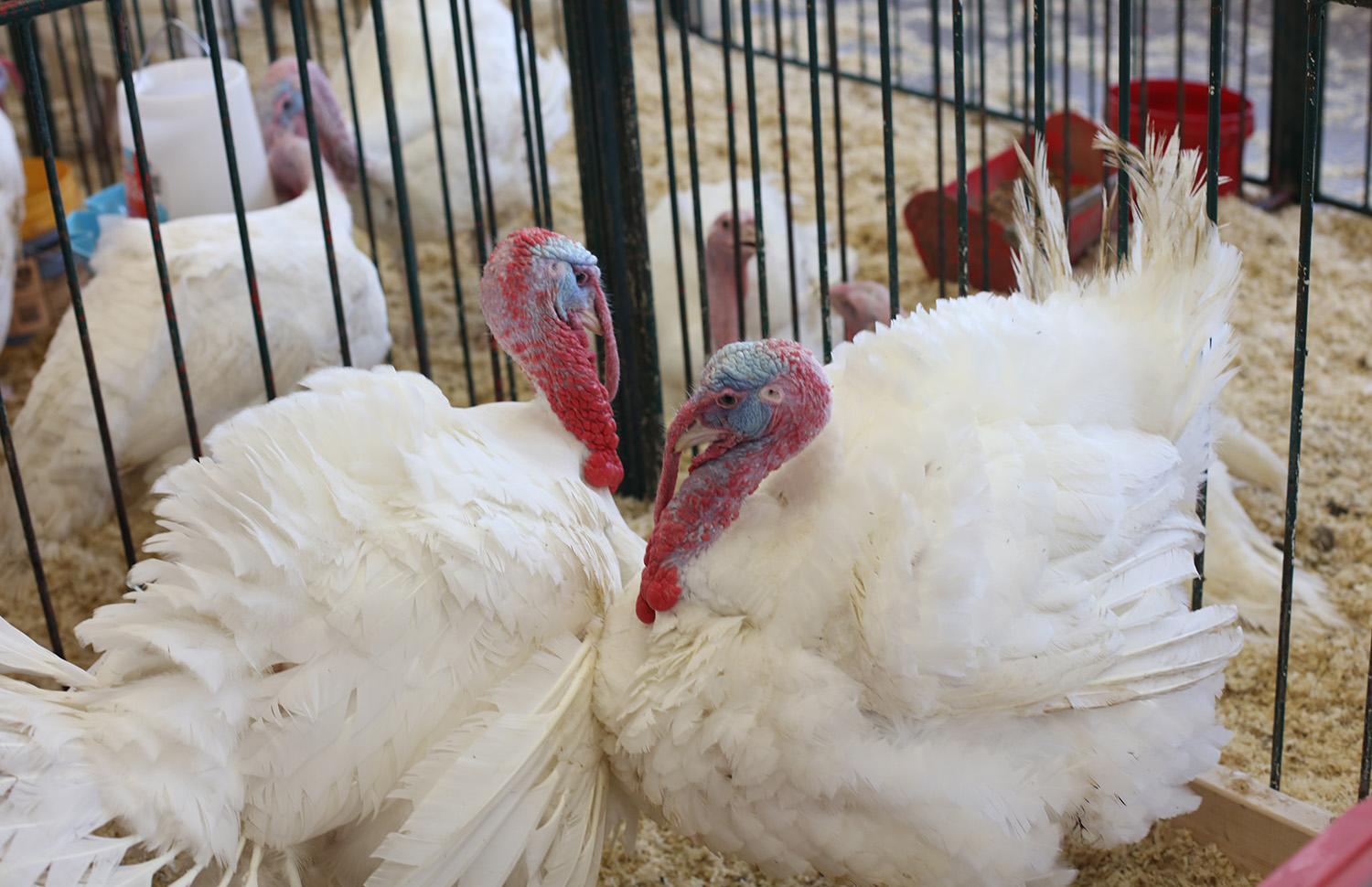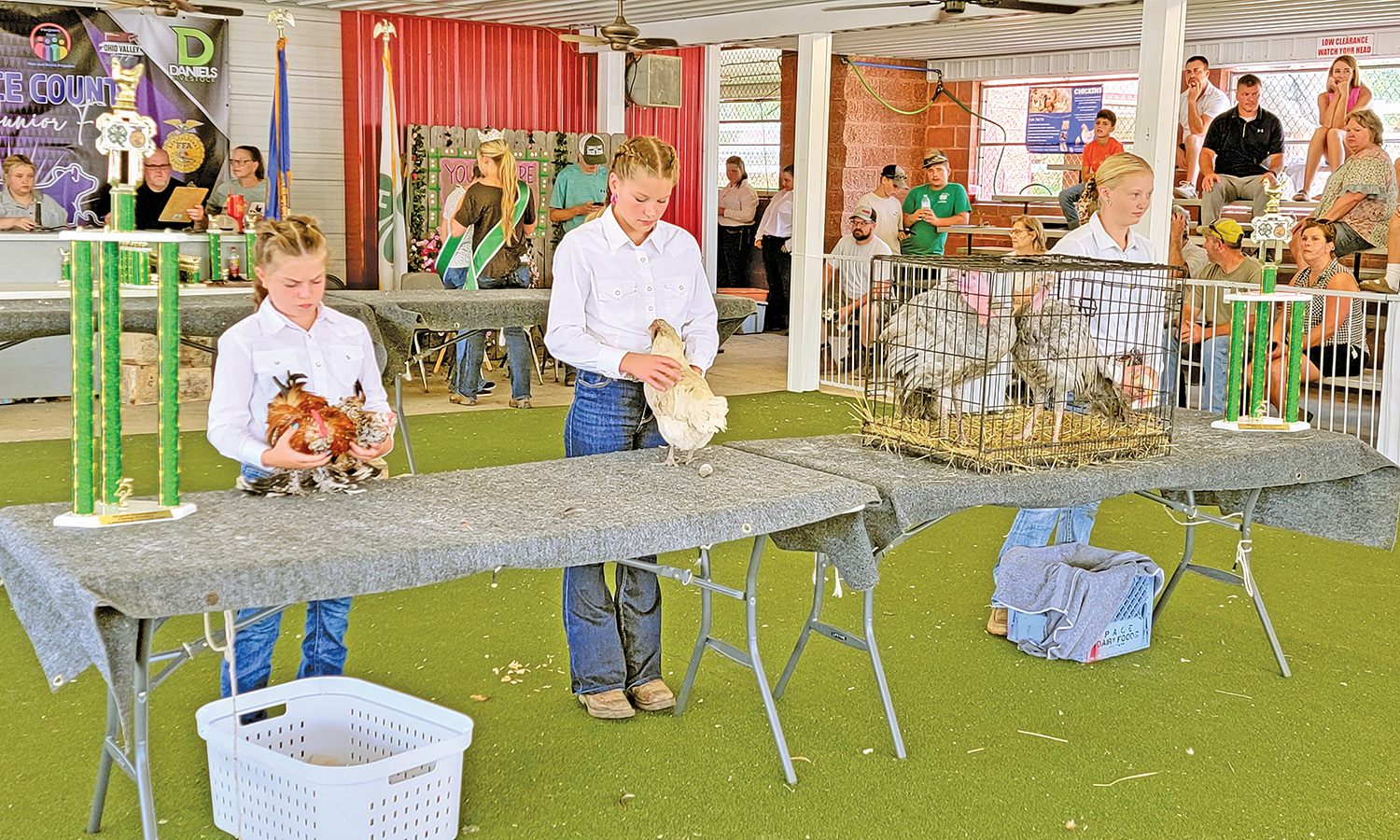Carver finds faith hidden in maple tree
Published 12:00 am Monday, August 14, 2000
WATERLOO – In the early 1980s, Bobby Parsons took part of a tree home with him.
Monday, August 14, 2000
WATERLOO – In the early 1980s, Bobby Parsons took part of a tree home with him.
Trending
"Of course, back when I was 12, I first noticed it because there was this swirl on it," Parsons said.
Near the Waterloo Post Office, he and a friend would play underneath its branches. He always knew it was special, he said.
Born in Mansfield, Parsons lived in Waterloo with his grandparents, the late Jim and Martha Parsons, before finally moving there.
When the tree’s owner cut it down, Parsons asked for the part with the swirl, really a fork in the old curly maple.
"Off and on I’d done sculpture work," he said. "I was inspired by the Holy Spirit, and the Bible, as if I could see images in it and I brought them out."
The tree fork, now a carved communion table, sits in Parsons’s home just up the hill from where the tree once stood.
Trending
Its intricate details – a carved Star of David, representations of the Ark of the Covenant, hearts and crosses – tell stories from the Bible.
"Somebody with Biblical knowledge can read this thing," Parsons said. "It’s called The Strength of a Testimony."
It’s his testimony, the people’s testimony, he said.
"It was built to honor God, Jesus and the Holy Spirit."
Parsons began the carving in the spring of 1982, yet it sat for many years without being touched at all, he said.
Over time, Parsons carefully hand-carved the wood, which took about four years altogether.
"I put tongue oil varnish on it and claimed it finished June 7," Parsons said.
Many neighbors and family have come to look at it. Many see difference things, both in the carvings and in the light and dark swirls of the curly maple’s grain, he said.
"It really just goes into a big testimony and there are different ways to look at it."
Parsons asked caretakers at the Huntington, W.Va., Museum of Art if they wanted to display it as a representation of local woodcarving, but hasn’t received an answer yet.
"I don’t know whether it’s going there or someday actually be in use, to take communion," he said. "But it has a purpose."





